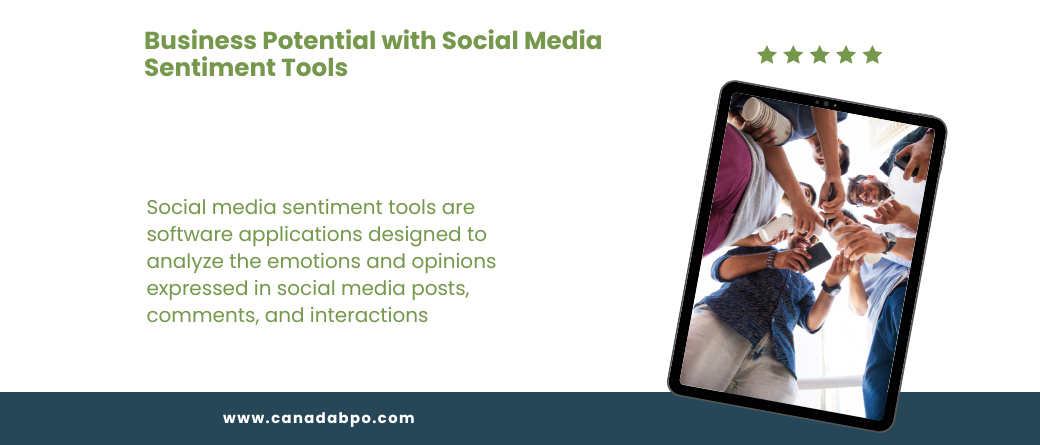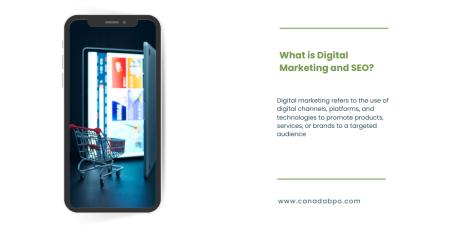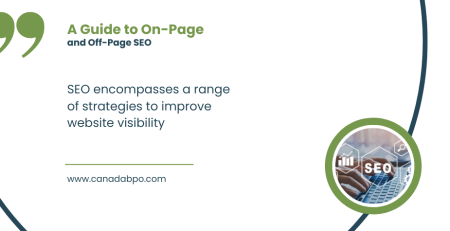Social media sentiment tools are at the forefront of this endeavor, enabling businesses to analyze and interpret public opinion about their brand, products, and services in real-time. This blog post explores how digital marketing services leverage these tools to drive business growth, enhance customer engagement, and improve brand reputation.
What Are Social Media Sentiment Tools?
Social media sentiment tools are software applications designed to analyze the emotions and opinions expressed in social media posts, comments, and interactions. By utilizing Natural Language Processing (NLP) and machine learning algorithms, these tools can determine whether the sentiment behind a message is positive, negative, or neutral. This analysis provides businesses with actionable insights into how their audience perceives them, allowing them to adjust their marketing strategies accordingly.
The Importance of Social Media Sentiment Tools
- Real-Time Insights:
- Social media sentiment tools offer immediate feedback on consumer opinions. Businesses can track how their audience feels about recent product launches, marketing campaigns, or news events, enabling timely responses and adjustments.
- Crisis Management:
- In today’s digital landscape, negative sentiments can spread quickly. Monitoring sentiment allows businesses to identify potential crises early and respond proactively to mitigate reputational damage.
- Enhanced Customer Engagement:
- By understanding customer sentiment, businesses can tailor their communication and marketing strategies to resonate with their audience. This personalized approach fosters deeper connections and boosts customer loyalty.
- Competitive Analysis:
- Social media sentiment tools can also be used to monitor competitors. By analyzing sentiment around competing brands, businesses can identify gaps in the market and refine their strategies to gain a competitive edge.
How Digital Marketing Services Implement Social Media Sentiment Tools
Digital marketing services utilize social media sentiment tools in various ways to enhance their strategies and deliver measurable results:
- Comprehensive Data Collection:
- Digital marketers collect data from various social media platforms, including Twitter, Facebook, Instagram, and LinkedIn. This data serves as the foundation for sentiment analysis, capturing a broad range of customer opinions.
- Sentiment Analysis and Reporting:
- Using sentiment tools, marketers analyze the collected data to determine overall sentiment trends. Reports generated from these analyses can inform strategic decisions and marketing campaigns.
- Trend Identification:
- Continuous monitoring enables businesses to identify trends in customer sentiment over time. This insight helps marketers to adapt their strategies based on real-time feedback and changing consumer preferences.
- Crisis Response Planning:
- By monitoring sentiment, businesses can quickly identify negative trends that may indicate a potential crisis. This proactive approach allows brands to develop response strategies before issues escalate.
- Feedback Loop Creation:
- Digital marketing services create feedback loops by combining sentiment analysis with customer feedback mechanisms. This integrated approach ensures that businesses continually learn from their customers, leading to improved products and services.
Steps to Effectively Use Social Media Sentiment Tools
To maximize the benefits of social media sentiment tools, businesses can follow these steps:
- Define Objectives:
- Clearly outline what you hope to achieve through sentiment analysis. Objectives may include improving brand reputation, increasing customer satisfaction, or gathering insights for product development.
- Select the Right Tools:
- Choose sentiment analysis tools that align with your business needs. Popular options include Hootsuite, Brandwatch, and Sprout Social, each offering unique features for sentiment tracking and analysis.
- Gather and Analyze Data:
- Collect data from social media platforms relevant to your brand. Use your chosen tools to analyze sentiment and extract actionable insights from the data collected.
- Monitor Sentiment Continuously:
- Social media sentiment analysis should be an ongoing process. Regularly monitor sentiment to stay informed about changes in public opinion and customer attitudes.
- Implement Changes Based on Insights:
- Utilize the insights gained from sentiment analysis to inform your marketing strategies. Adjust messaging, product offerings, and customer engagement tactics based on what resonates with your audience.
Social media sentiment tools are indispensable for businesses looking to enhance their digital marketing strategies. By leveraging sentiment analysis, companies can gain a deeper understanding of customer opinions, allowing them to make data-driven decisions that improve engagement, enhance reputation, and drive growth.
Digital marketing services play a crucial role in implementing these tools effectively, helping businesses navigate the complexities of social media sentiment analysis. In an era where customer feedback can shape brand perception, investing in social media sentiment tools is essential for staying competitive.
By adopting sentiment analysis into your marketing strategies, you can better connect with your audience, respond to their needs, and ultimately create a more engaging and effective customer experience. Embrace the power of social media sentiment tools and watch your business thrive in the ever-evolving digital landscape










